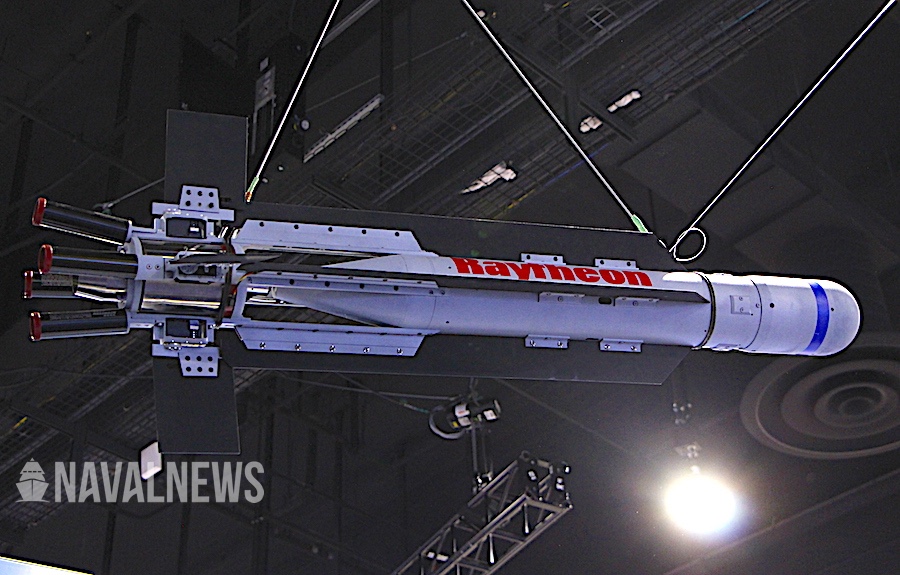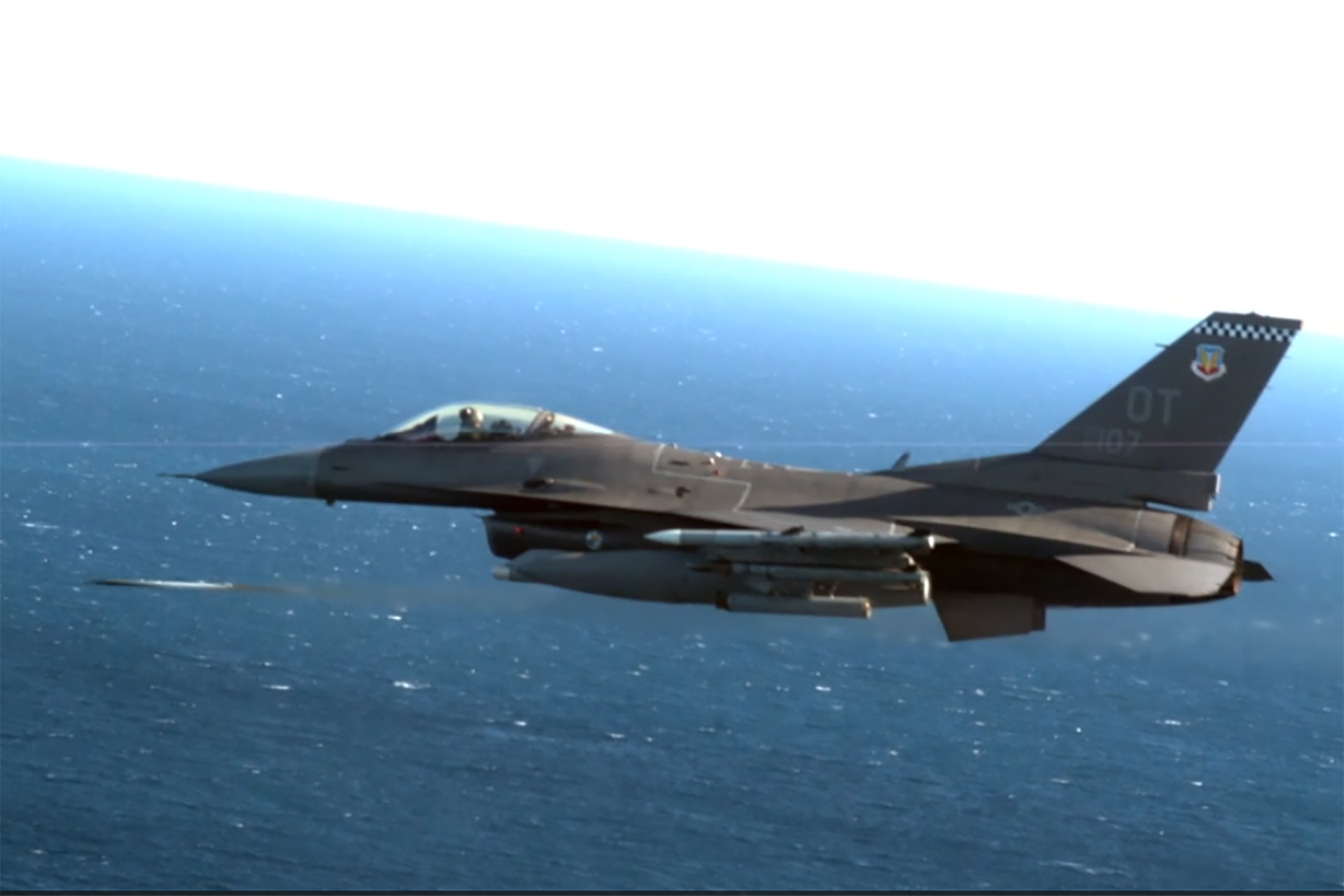Munitions manufacturer
Raytheon is testing and evaluating a new version of its
Coyote C-UAS - designated Block 3 - that is expected to introduce longer loiter and multiple payload capabilities to the tube launched system.
Coyote detects airborne threats based on its KRFS multi-mission radar providing rocket, artillery and mortar, sense and warn features with the development of a third iteration due to customer interest, though the company has not received a specific order to this point, according to Richard Harris, VP business development land warfare systems at Raytheon.
Block 1, Initially developed as an ISR platform, has since evolved to meet US Army C-UAS requirements and fight against category one and category two unmanned drones, while Block 2 was born from the service requesting a system to tackle larger category three systems.
The commencement of Block 3 tests overlap with the winding down of Block 2 tests in New Mexico, with the latter scheduled for deployment with the US Army next year.
'The unique thing about the Block 1 for example is that we send it out and have it attack incoming drone threats, but if it misses it re-attacks. As drones become more sophisticated and can become more evasive the coyote is pre-programmed to continue to hit its target,' Harris explained.
To date, the US Army has not made Coyote a programme of record, hindering Raytheon’s export ambitions, but Harris suggested that US allies are eager to order the system with export possibilities eased by a forthcoming US government national approval process ‘release decision’ that would trigger the opening of an export market to 20 international countries. On that basis, FMS sales could then proceed.
Harris added that he expected Coyote to have a first international customer before the Farnborough Air Show next year.
Initial operating capability of Howler, a US Army term for merging capabilities of Raytheon’s Ku-band RF system radar and Coyote, has now been confirmed by the service.
Munitions manufacturer Raytheon is testing and evaluating a new version of its Coyote C-UAS - designated Block 3 - that is expected to introduce longer ...
www.shephardmedia.com



